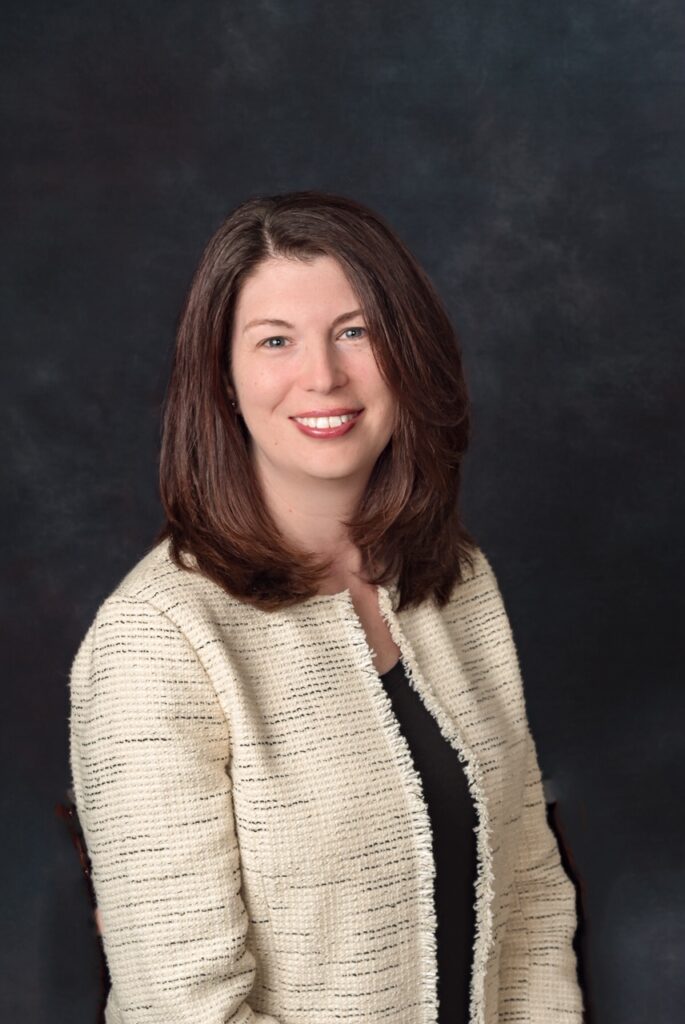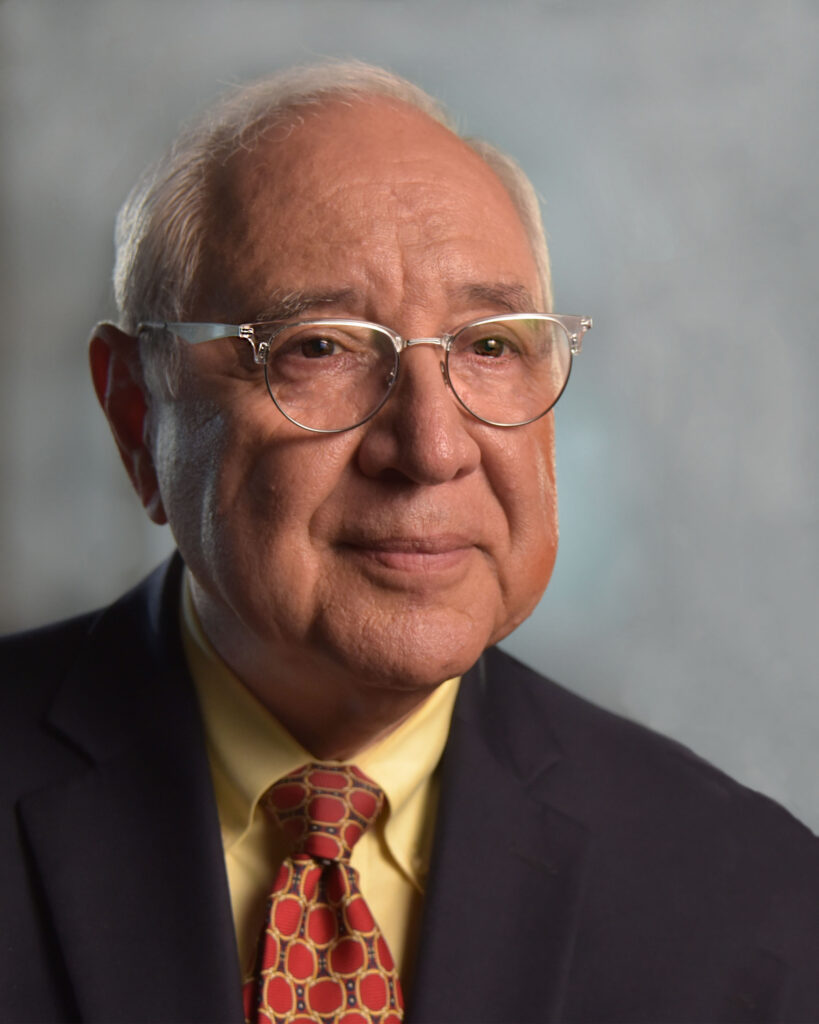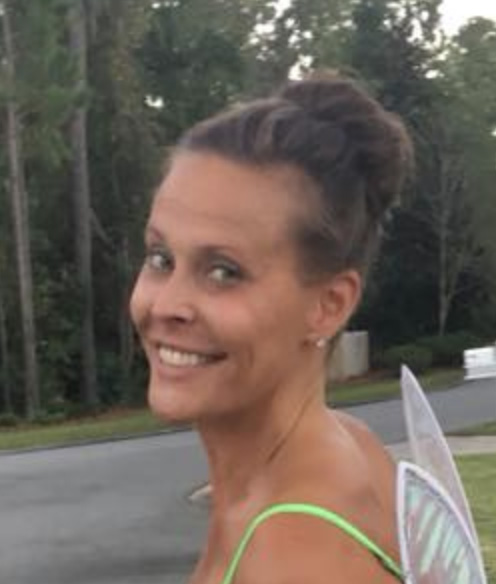September 11 appears on every calendar, but no one says it
like that any more. It is a day that will live in infamy and, although not official, it will always be called 9/11. While the attacks took place far from Texas, every American alive that day will always remember exactly what they were doing when they heard, and it was no less staggering from across the miles.
ANN MARIE KENNON • On September 11, 2001, I was at work 23 miles from the Pentagon. I was also a volunteer at Franconia Fire Department in Fairfax County. Just after 8:46am, I got a page: commuter plane has crashed into the top of the world trade center. When the second plane crashed, my pager blew up with a repeating level-4 “EVERYONE REPORT NOW” message. The Pentagon was hit while I was on my way home to grab my uniform. My story is not dramatic except to say that as a backfill ambulance driver, I spent 36 hours seeing to the needs of a lot of people who, like so many, were also far away, but dealing with shock and panic.
As the city shut down and everyone within 100 miles of the Capitol tried to get home at once, we rolled up on a dozen accidents despite the bumper-to-bumper traffic on every piece of road. I went to a half-dozen homes for trouble breathing and chest pains. Sadly, because the advance training paramedics from my station were at the Pentagon dealing with the inconceivable, the best we could do was check vitals, provide oxygen, insist they turn off their televisions, and see their doctors as soon as they could.
This month, I set out to share stories of others who were in New York or Washington D.C. who also found their way to Texas. We will never forget, no matter how much time has passed or the distance between.

In 2001, JENNIFER STRATTON was a staff assistant for Illinois Senator Peter Fitzgerald and she was at work in the Capitol Building that day. The televisions were on and all of the staffers and employees were anxious about what was happening, but the work had to be done. That was until she heard her chief of staff running through the halls, banging on every door. He was shouting for everyone to get out of the building immediately because the fourth plane (Flight 93) had just turned around in Ohio and was heading back to D.C. She made a call to her mother, hoping to make it through before cell towers were overloaded with calls. “I called my mother to tell her I was okay and that I loved her. I didn’t know how things were going to end up that day but she had to hear it from me.” Jen says despite the chaos, she and everyone in the congressional buildings came back to work September 12, “to show the world America was still open for business.” She still loves politics.

BRITTANY CHEATHEAM was a junior in high school and at that time, there was no Internet-instant-notification of events. She was in class that morning and received a note from the front office with the words “Dad is okay”. She found out later her mother had somehow gotten through to someone on the switchboard at his office. At the time, she knew nothing about the attacks, but learned shortly after as teachers began to turn on coverage of the attacks unfolding on the TVs in the classrooms.
Her father worked for Boar’s Head and was in New York City for business and had been at a shop at WTC as recently as the Sunday before. On September 11th, he was on a rooftop four miles away and, like many, he and his colleagues thought a Cessna had accidentally struck the first tower. After seeing the fireball from the second plane, he realized it was an attack. He witnessed both towers falling then waited for the Brooklyn Bridge to re-open. Using the rental car he’d gotten for the business trip, drove 27 hours straight home to Houston only stopping once to sleep after driving for 21 hours. While waiting for the Brooklyn Bridge to re-open, he handed out Boar’s Head sandwiches to the rescue workers.

July 2018
DAVID VALDEZ was the official photographer for George H. W. Bush’s presidential term. In 2001, he was a George W. Bush political appointee working in the Public Affairs Office of the Department of Housing and Urban Development (HUD) in Washington,D.C. He was headed to work on a Habitat for Humanity house build just a few blocks from the U.S. Capitol building. “Driving up Independence Ave., just past the Capitol, we were just talking about the day’s work. When we arrived at the Habitat site there were about 20 people who had already arrived, but upset, crying and looking confused.”
He turned on the radio loudly, heard a plane was headed to Washington D.C. and the Federal Government was closed. Then came the explosion at 9:37 am; the plane crashing into the Pentagon.
As people began to panic, some drove away quickly and he learned later, some drove as far as West Virginia. He took his passengers toward HUD. He said the Capitol Police were in the street yelling at all in bound traffic, telling everyone to turn around because Flight 93 was headed toward the Capitol.
With thousands of Federal Government employees headed home at the same time, there was a massive amount of traffic. David turned around, but saw cars driving on the sidewalks in front of the local restaurants trying to get through anyway.
He drove one passenger home to Maryland and, because the District was closed, he made his way back to Virginia around the Capital Beltway before driving back to his own home in Annapolis.
“From the time I arrived at the Habitat for Humanity build around 9:15am, until I got home that day was about 12 hours. That commute usually took me 50 minutes. I had just recently moved back to Washington D.C. and my wife Sarah Jane was still living in Florida. Because the cell phone lines in Washington D.C. were overloaded, I could not call out but she could call in, which she did often.”
David also went back to work the next day because one of his responsibilities was managing the HUD.gov web site, which was critical to nationwide communications with HUD staff. He did make it back to that Habitat Build a few months later, and to this day he continues to volunteer with Habitat for Humanity in Williamson County.

EMMA McANDREWS is 15 years old, so not having been born yet, she has no memory of the events that took place. “I was not even a thought since my parents were just dating at the time. But the events of 9/11 have absolutely impacted me.”
Emma’s mother is from a town in New Jersey and her friends and relatives suffered many personal losses. Emma’s aunt was a first responder and she lost many friends and co-workers that day.
Even as a teenager, she is acutely aware that the country she loves was changed forever. “I was not a part of the 9/11 events in 2001, but I am part of the story. I see the picture that hangs in my grandfather’s home taken from a bridge with the trade center towers in sight; I travel through the airports and security that I am told is very different from before the attacks; I have visited the 9/11 memorial and museum on two occasions, seeing not only loss and sadness, but strength and hope.”
Emma believes she is part of this story because she is an American and she is part of the future of this country. “Many died in the 9/11 attacks and I pray they are never forgotten. I, along with many, will continue to have strength, courage and hope to continue the story.”

LOLA POZO MCDONALD has a story not told, but she is responsible for an image you may have seen. She was a flight attendant for United Airlines—she lost 16 friends that day. Early that morning, she flew on a commuter flight from Dulles to Logan International. By 9 am she was already preparing to come back and was boarding passengers to return to Washington D.C. when the news broke. When it became known that the planes in the World Trade Center had taken off from their own runways, Logan went into lockdown. Soon, all airspace was shut down and people began to panic. Lola’s phone rang almost immediately; friends and family wanted to know if she was all right.
Most indelibly, and before even leaving the terminal, she happened to pass the inconsolable customer service agent who had boarded the terrorists during their layover from Maine. Needless to say, she recalls, the woman’s reaction is just too much to talk about and the scene was as unsettling as it was sad.
The crew were told to stay in uniform, but everywhere they went, stranded passengers stared at and even screamed at them, somehow under the impression that they must know something but were ignoring passengers’ plights. Lola said she felt empathy for so many people who were clearly in distress, but unfortunately had no real perspective on the scale of the situation from inside a single airport. She knew intuitively they were also reacting out of shock, grief and confusion.

Weeks and months went by in a blur in the airline industry. She attended friends’ memorial services all over the country and also the ceremony at Shanksville, Pennsylvania. When she arrived, there were already hundreds of tokens for the victims. Lola brought with her a United Airlines uniform dress, which she put on a hanger and hung on the temporary memorial, next to wreaths and United wings. She found out years later her gift was the subject of a published poem simply called “The Dress”, written by Rhonda Whetstone Neibauer after seeing it moving in the wind. Neibauer later recalled, “Of all the things at the memorial, it was that dress that haunted me the most; it seemed to really ‘bring it all home’ to me.”
Not incidentally, Lola was a cheerleader for the Washington Redskins and United Airlines actually changed corporate policy to allow her to make her own schedule (unprecedented) in order to be at rehearsals and home games. “They decided allowing one of their own to go above and beyond in service to, and as a part of the national morale was more important as a symbol of patriotism and constancy.” For the airline, Redskins football, representing the nation’s capitol, and “America’s Cheerleaders,” required no other endorsement.
